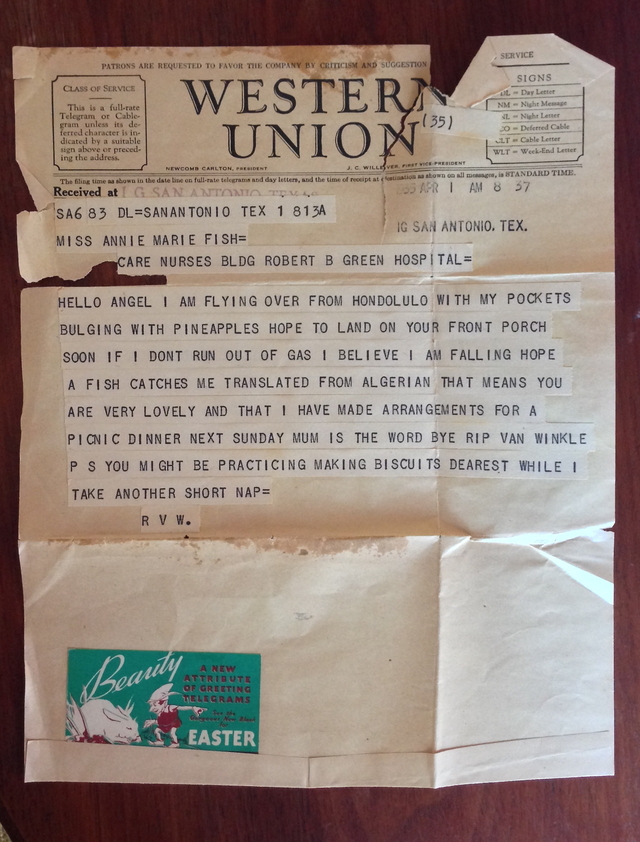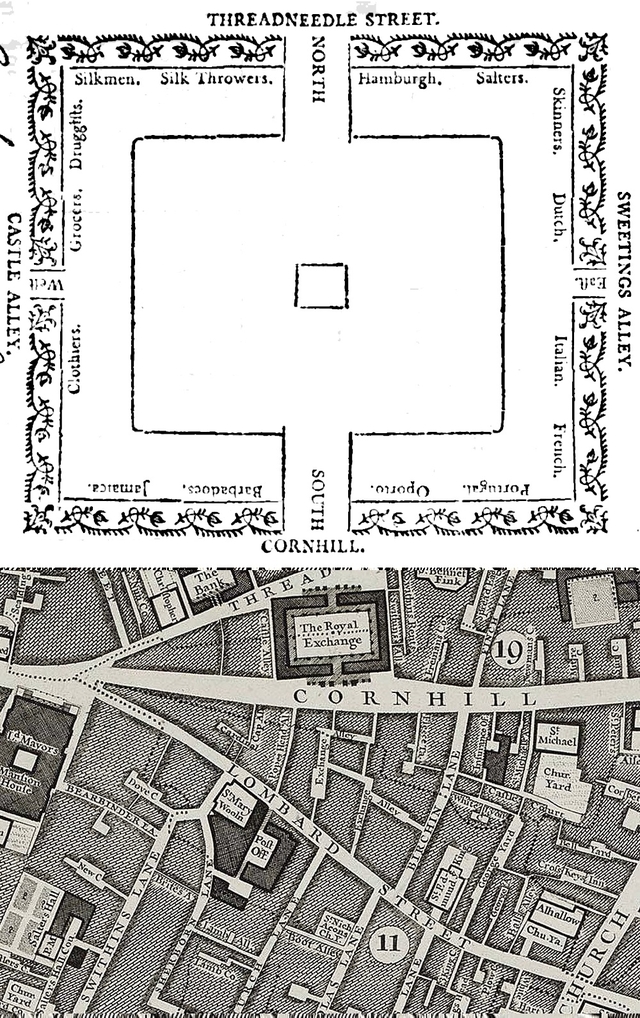 “Literature is a kind of intellectual light which, like the light of the sun, enables us to see what we do not like.” - Dr. Johnson
“Literature is a kind of intellectual light which, like the light of the sun, enables us to see what we do not like.” - Dr. Johnson
Weekly Reading: Love Telegrams, Field Notes, and Bronze Age Wine
At the end of a long day of work, Machiavelli liked to change into “regal and courtly garments” and spend hours reading his favorite authors. For Machiavelli, this reading was the highlight of his day, and it was not a passive activity but a form of conversation, even communion: “I no longer fear poverty, nor do I tremble at the thought of death,” he wrote to his friend Francesco. “I become completely part of them.”
We at *The Appendix also believe in the power of the written word to bridge gaps, not only between people living today, but between the past and the present. This is the second installment of a new Appendix feature, Weekly Reading, that combines links to contemporary writing we enjoyed from the past week alongside extracts from authors who might be long dead.*
- Mary Beard wrote about the race to decode Linear B for New York Review of Books.
- The New Yorker on the self-driving car.
- Archeologists discovered a cache of pyschotropic spiced wine from 1700 BCE.
- A Native American embroidered birch bark box showing a colonial duel and a genteel couple drinking tea, among other interesting things, from the new Emotional Objects blog.
- A joint project from the Smithsonian and the National Museum of Natural History digitized over three hundred books of field notes from nineteenth and early twentieth century scientists, and they’re amazing. Follow their team on Twitter here.
- Friend of The Appendix and Austin-based fiction writer Travis Klunick found a surrealist love telegram sent to his great aunt in 1937.

“I was helping my grandma move and we found this old telegrammed love letter to my great aunt from her secret beau in 1935.” Travis Klunick
- The Los Angeles Review of Books reviewed a compendium of Brazilian poetry in both English and Portuguese - neat.
- A potential entanglement between the former head of the Silk Road drug marketplace and the mysterious, pseudonymous creator of BitCoins? (Or, 2013: the year reality became a William Gibson novel.)
- Res Obscura found a map of Enlightenment London’s Royal Exchange showing the stalls of Jamaica merchants, druggists and others, and transposed it onto a larger map of London.
- The true site of the Hanging Gardens of Babylon?
- Two non reading links for good measure: we started selling this narrative map of a 1912 expedition to Greenland created for us by the brilliant cartoonist and illustrator Kevin Cannon. Plus, you can now search the collections of the Cooper Hewitt Museum by color.
For more links to good writing and interesting discoveries, follow us on Twitter, Tumblr, and Facebook.


